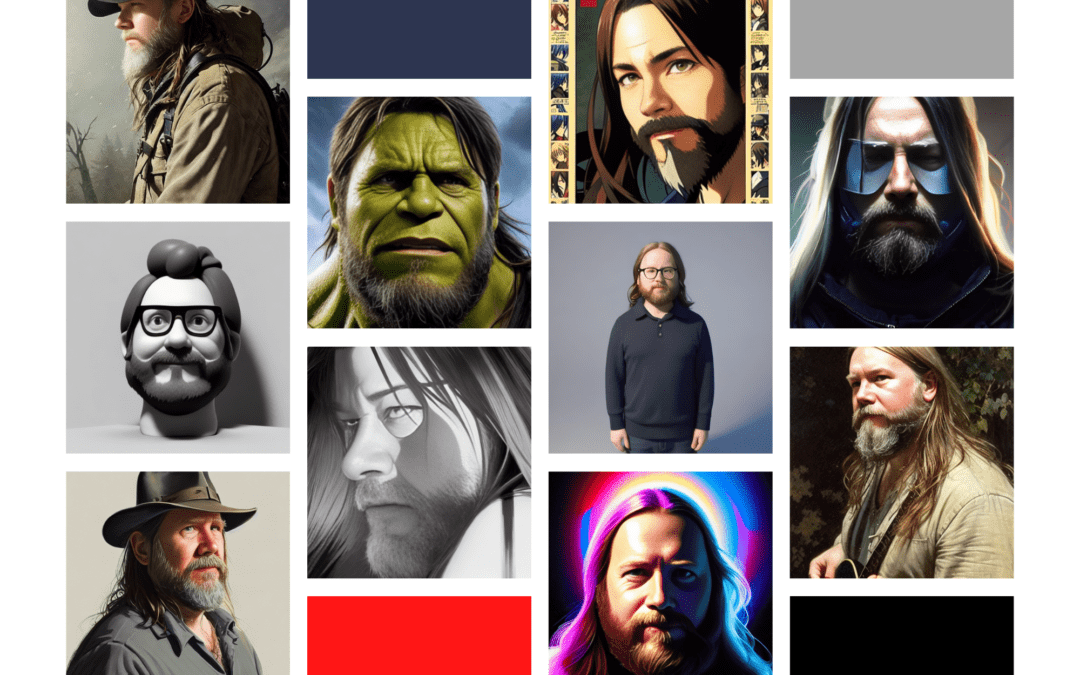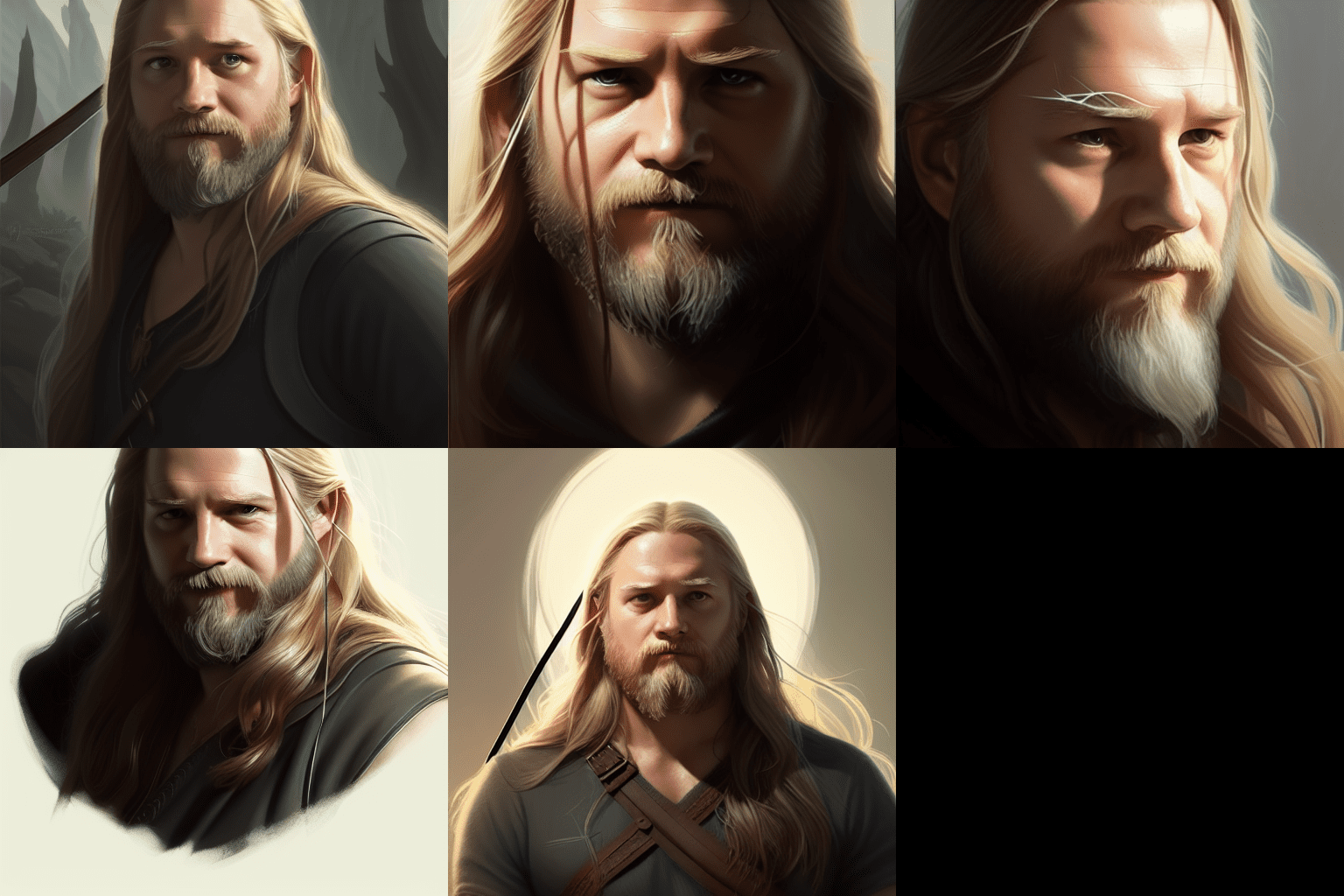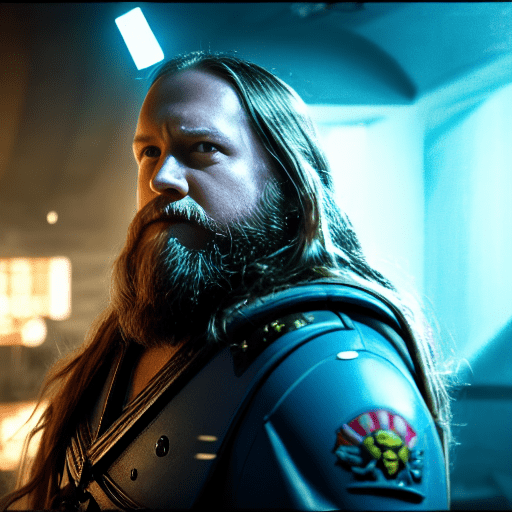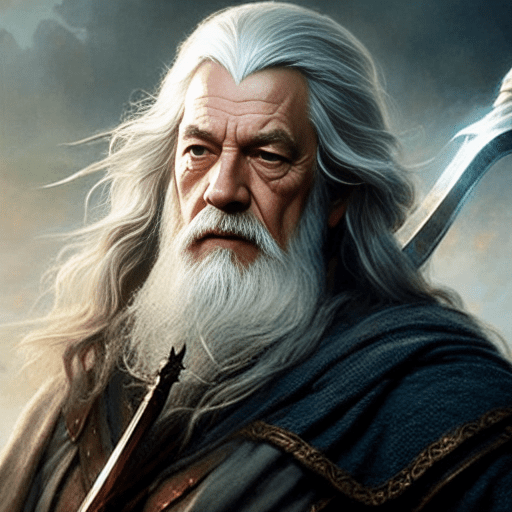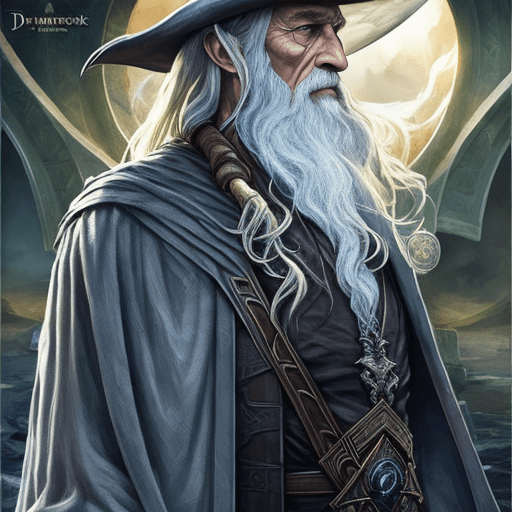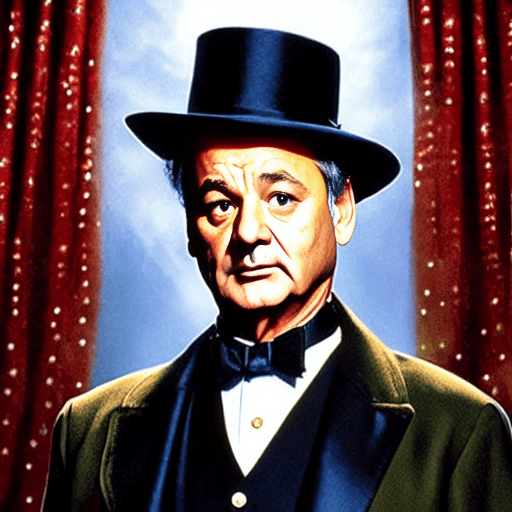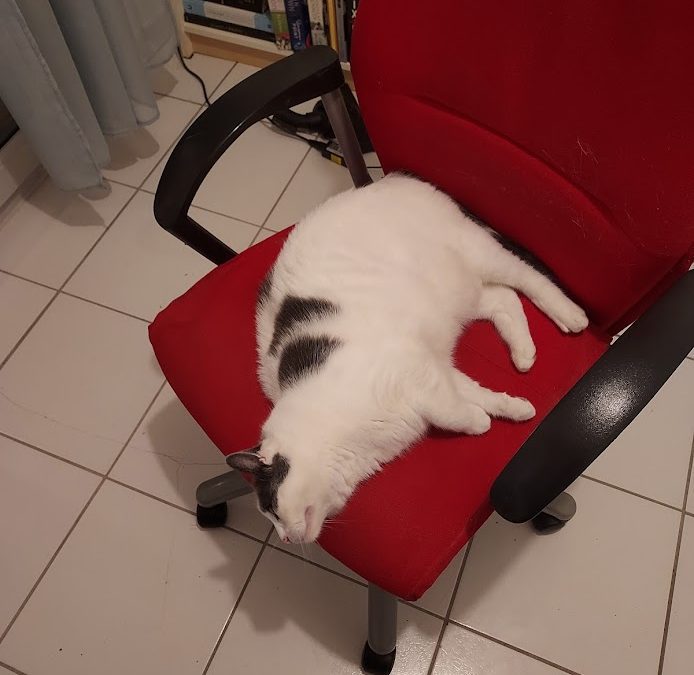
Returning to writing
15 minute challenges
So, it’s been forever and I’ve not written anything, or even thought about it. SO I’m going to try something different and just get into the habit of writing for 15 minutes every day about something.
It could be work (software dev) it could be a short story, it could be some random thought or about my day in general but the idea is to become someone who sits down and writes for 15 minutes, and as per the Atomic Habits suggestion, I’ll only write for 15 minutes. Total.
The concept is to be that person who actually writes regularly, I’ve done the same with playing guitar and while I’m not some amazing guitarist, I am making some progress.
Also, I need to work on this site, it’s old and cumbersome to write on, so I want to get the themes updated to work better as every impediment to writing is another reason not to get started.
